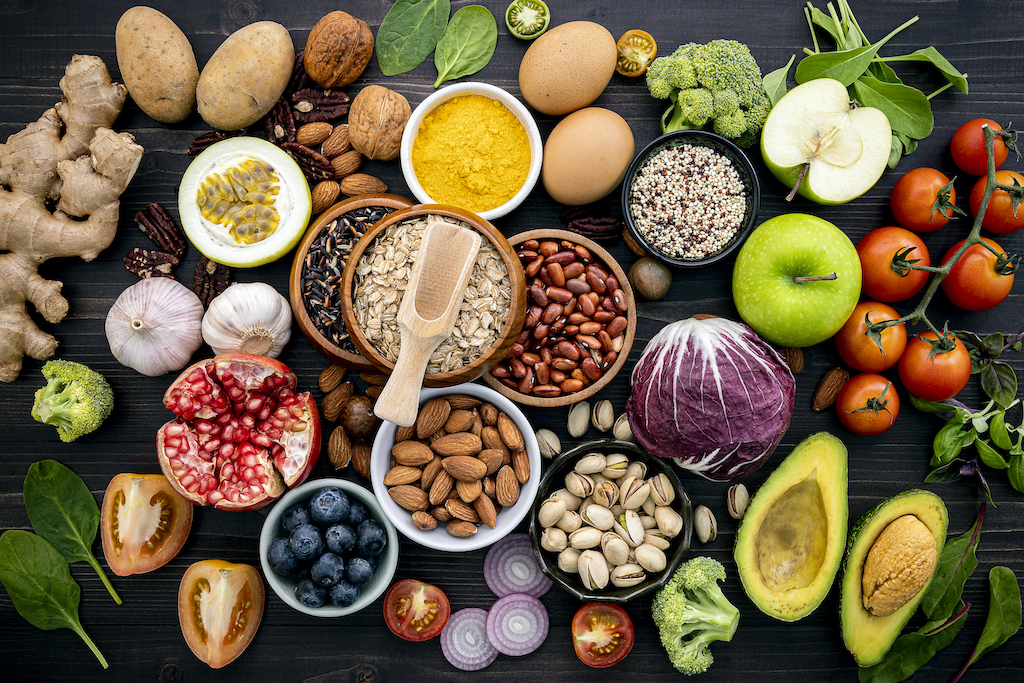In a recent article, we looked at the cost and health benefits of eating organic food. We also discussed some of the ways that you can buy local, organic produce. We also looked at Farmers’ markets and Community-supported agriculture. These are two wonderful ways to get healthy food for a low price. What’s more, these options provide a great social atmosphere.
Health outcomes associated with organic food
One recent study suggests that eating organic foods could reduce pesticide exposure. The study examined the health effects of conventional and organic foods on adults. It found that adults consuming 500 grams of fruit, vegetables, and berries a day had a HI of 0.15, 0.021, or 0.0003, respectively. The results of the study were based on a small number of individuals, and the duration of the studies varied from two days to two years.
The findings of the study should not discourage consumers from making the switch to organic food. The reasons to purchase organic are mostly based on taste preferences, but also concern over animal welfare and conventional farming methods. The study authors recommend that people switch to a healthier diet and add more vegetables to their meals. Most Americans do not eat enough fruit and vegetables.

Farmers’ markets
A number of benefits of farmers’ markets are becoming more evident as more cities and states adopt them. They help to improve the health and livelihood of local residents and support local economies, and they provide opportunities for local farmers to sell their produce directly to consumers. Farmers’ markets can be especially beneficial in communities where food access is difficult. Some markets even accept SNAP and WIC vouchers, which help low-income residents buy food.
The food sold at a farmers market is often free of synthetic chemicals and hormones. Many farmers also adopt low-impact farming practices to reduce pollution and contribute to climate change mitigation. In addition, many farmers who sell their produce at farmers’ markets follow USDA organic regulations.
Community-supported agriculture
If you’re interested in supporting local organic farmers, consider community-supported agriculture (CSA). CSAs are a growing trend and have been gaining popularity in recent years. The CSA model requires one payment, usually before the growing season begins. The cost is typically $20 to $25 per week. As a member of a CSA, you can save money by avoiding impulse purchases. You can also purchase items that aren’t included in the CSA.
CSAs are a great way to support a local organic farmer without the high costs of industrial farming. The majority of produce sold in CSAs is grown with organic standards. Most CSA farms are small, so the membership fees help fund the purchase of seeds, equipment, and labor. Some farms even go through the process of becoming certified organic, but this can cost from a couple hundred dollars to several thousand.



